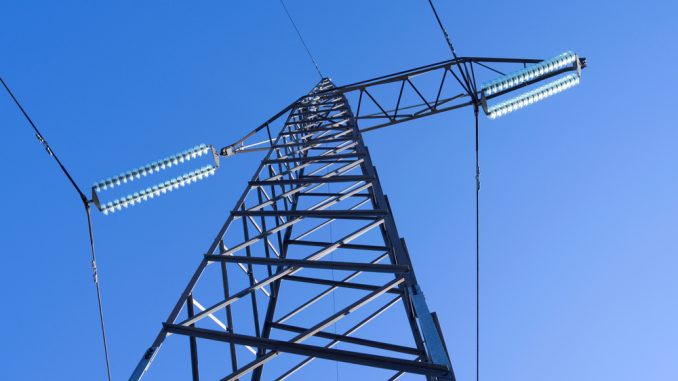
The exponential growth of renewables, characterised by bidirectional flows as well as intermittency, coupled with rising capacity, is expected to drive utilities to invest in reconductoring and uprating transmission lines over the next few years. Reconductoring and uprating existing lines also aids utilities in rapidly enhancing transmission capacity in a cost-effective and time-bound manner while minimising right-of-way (RoW) and land acquisition challenges. Uprating existing lines will enable utilities to increase the maximum allowable current flow, while reconductoring existing lines facilitates augmentation of the voltage of the lines. Another key factor influencing the growth in reconductoring of transmission lines is the fact that it helps utilities extend the life of ageing transmission lines.
There are various policies, regulatory recommendations and transmission planning criteria for reconductoring and uprating of lines. The Central Electricity Authority’s (CEA) draft manual on Transmission Planning Criteria (2022) also talks about reconductoring of existing alternating current (AC) transmission lines with higher ampacity conductors. As per the manual, the choice of reconductoring would be based on cost, reliability, RoW requirements, transmission losses, downtime, etc.
Reconductoring trends and technologies
Reconductoring involves replacing existing conductors with the latest designs, such as high temperature low sag conductors, high temperature superconductors, aluminium conductors steel-supported, and aluminium-supported composite core conductors. These conductors are capable of carrying higher currents and sustaining higher temperatures with limited heat and technical losses. In India, aluminium conductors steel-reinforced and all-aluminium alloy conductors are commonly used for transmission of power on overhead lines in the transmission and distribution (T&D) system. As per the CEA, conductors constitute 30-40 per cent of the total cost of overhead extra high voltage transmission lines and the type of conductor plays an important role in the quantum of power flow, T&D losses, height and design of towers, and span length of transmission lines.
Line capacity can also be increased by more than 100 per cent by raising the voltage of the line without disturbing the ongoing flow throughout the reconductoring process. In some cases, only a modest increase in system voltage of roughly 40 to 60 kV can be made, with limited need for physical change or reliability. A larger improvement in voltage can only be obtained through more significant physical changes in the transmission line and transformer design.
Converting an existing AC-based line to a high voltage direct current (HVDC) operation can increase the capacity of longer lines by a significant proportion (two to three times). However, conversion of an AC line to an HVDC operation can increase engineering challenges, such as electric field issues, contamination flashover and audible noise, which need targeted expenditure to solve. Additionally, these HVDC lines have to add converter lines near the distribution substations and distribution lines to convert the direct current to AC, increasing the expenditure and engineering task. Nonetheless, reconductoring based on conversion of lines from AC to HVDC also endows the transmission grid with additional capabilities such as increased controllability, islanding (in case of outages) and improved network operations.
Adding cables to an existing RoW allotment could increase its capacity. Cables can be placed below ground or on the surface in environmentally fragile areas as well as places vulnerable to earthquakes.
Key considerations
Uprating a line entails a design change, which in turn requires analysis of the capacity of the line with its existing conductor choice, taking into consideration various design constraints/criteria including thermal limits. Untapped capacity can also be harnessed by modern conductors that have improved strength-to-weight ratios, higher operating temperature limits and better high temperature sag performance. However, reconductoring is recommended if uprating fails to deliver the desired results. Reconductoring also requires suitable voltage options at the line’s generation-transmission end as well as the transmission-distribution end to step up and step down the higher voltage, which in turn necessitates investing in acquisition of robust equipment at both ends of a transmission line.
To select optimal conductors, various key techno-economic criteria need to be taken into consideration. Since the selection of the right conductor with higher ampacity is a crucial aspect of the reconductoring of lines, a utility should focus on the necessity and quantitative requirement of ampacity. Moreover, the forces on existing towers and foundations must not exceed the existing values, that is, the sag must not exceed the existing sag values on the line. Additionally, the maximum operating temperature of the conductor must be taken into consideration. It is also necessary to consider the line losses of various conductors.
That said, the power sector – and, by extension, the transmission segment – in India is set to witness continuous increase in demand over the coming years. However, the growth in transmission capacity via construction of new capacity can be constrained by RoW issues. Hence, it is vital for utilities to explore uprating or reconductoring of lines, as they offer timely and cost-effective solutions.
